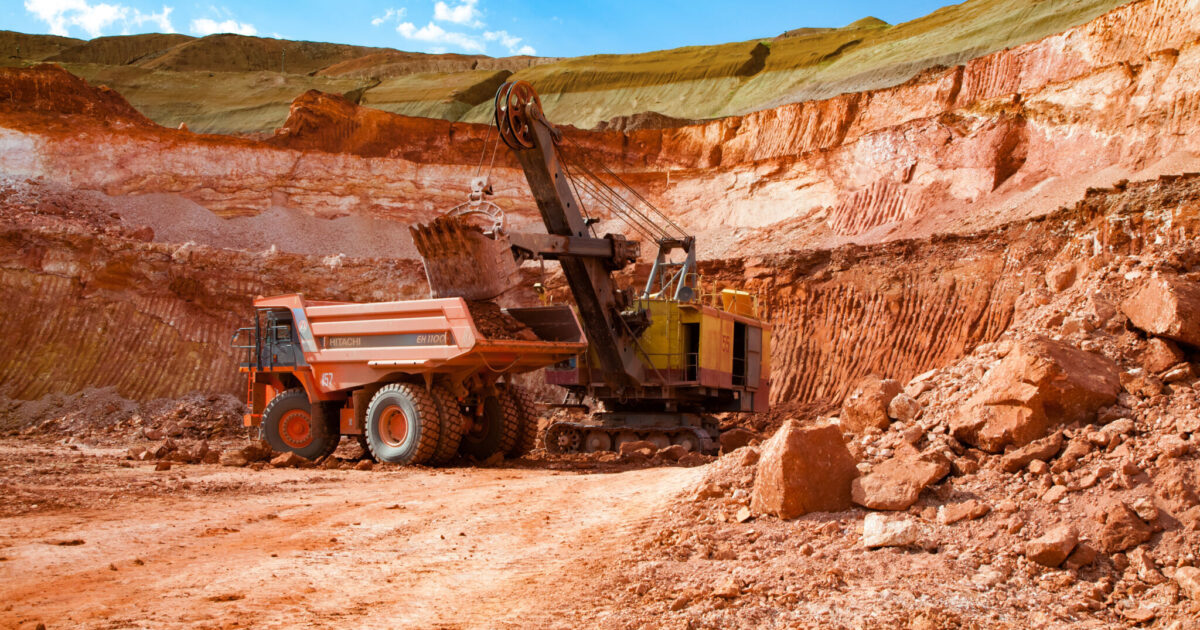Rio Tinto plans to expand bauxite production at its Arum mine on Cape York Peninsula in Far North Queensland, Australia.
First output could be in 2029 with production expected at around 20 million tonnes a year of bauxite. This would be in addition to the 23 million tonnes currently mined a year.
It will begin early works and conduct final engineering studies shortly.
The project, named Kangwinan at the request of Traditional Owners, the Wik Waya people, will involve building a new mine and expanding the existing port from Rio Tinto’s Weipa Southern operations, where Amrun is located.
Production from the Kangwinan project would replace output from the Andoom mine in Cape York and the Gove mine in the Northern Territory, which are both expected to close toward the end of the current decade.
Rio Tinto Pacific Operations Aluminium Managing Director Armando Torres said: “This feasibility study will explore a new bauxite operation at our Weipa Operations and represents a strong vote of confidence in the bauxite deposits on the Western Cape York Peninsula, our bauxite operations, and the local community.
“It’s an important step toward securing the long-term future of our operations at Cape York, and the benefits that mining brings to communities in the region, while ensuring security of supply to our Australian refineries and to our customers.”
If approved, the project will establish a mining centre 15km south-east of Amrun, which was constructed at a cost of US$1.9 billion and opened in 2018.
The expansion would largely replace the tonnages lost when Gove and Andoom come to the end of their mine lives.
Kangwinan will generate more than 800 jobs in construction and would maintain the workforce currently employed at Weipa’s mines slated for closure.
The approved early works include building a 250-room camp at Amrun Village to house construction workers and developing an initial access road to the Kangwinan area.
A final investment decision is due in 2026, subject to cultural heritage consultation with Traditional Owners, completing engineering, cultural heritage and environment studies, as well as securing regulatory and other approvals.
